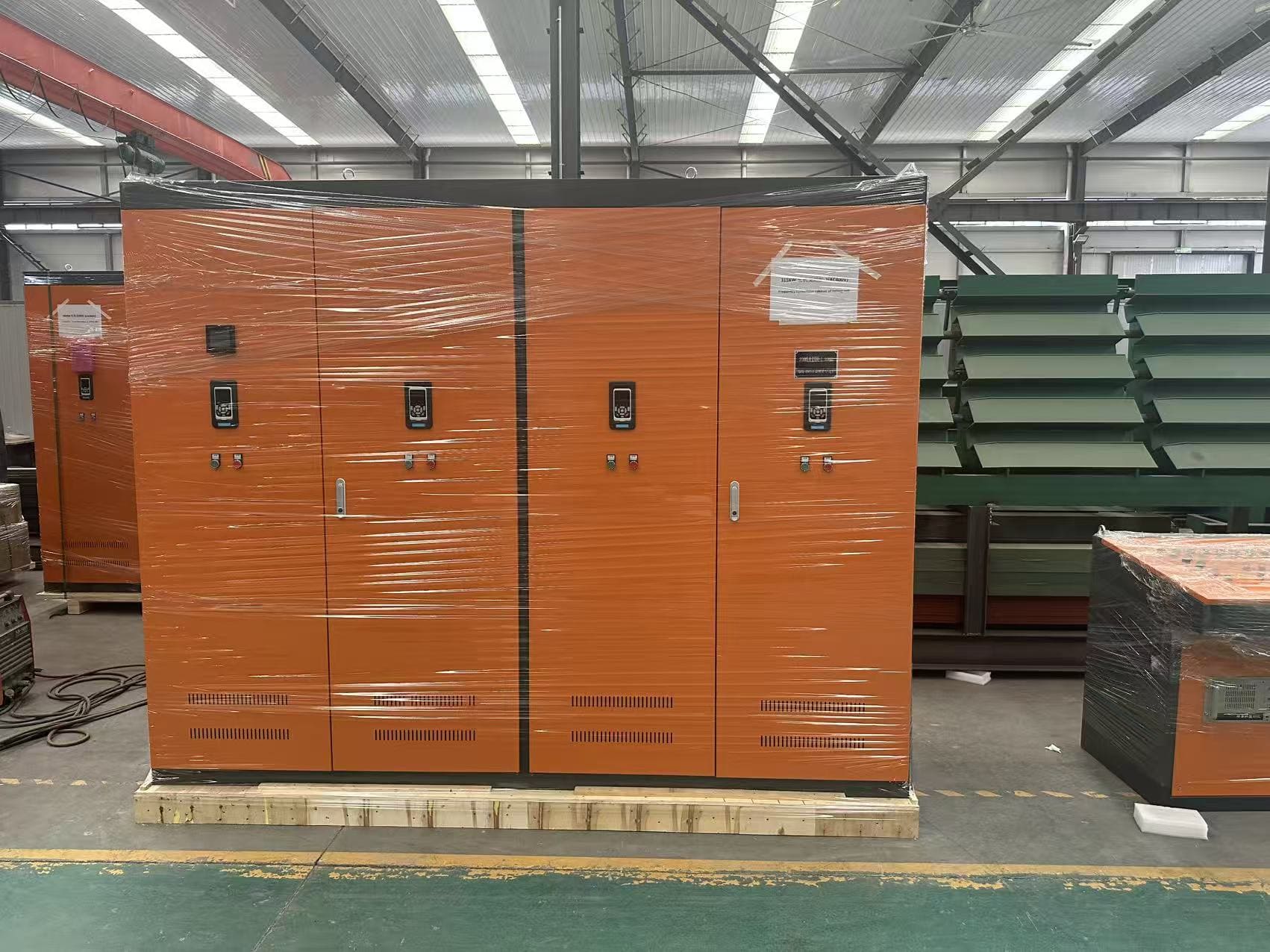Furnace Temperature Control
Furnace Temperature Control
Because it is the charge (workpiece) temperature, not the furnace temperature, that needs to be controlled, this title, while inaccurate, has been retained due to its widespread use.

According to metallurgists, the goal is to achieve a given surface temperature for the charge and maintain this temperature until a specified temperature uniformity is achieved throughout the charge, or to vary the charge temperature according to a specified heating and cooling cycle.
In both cases, charge temperature uniformity is required throughout the furnace. The charge interior should reach a given temperature but not exceed it. The reason is simple. For each specific process (rolling, forging, bending, extrusion, annealing, heat treatment) and for each specific material, there is a minimum temperature that must be achieved for the process to proceed smoothly. Temperatures exceeding this minimum temperature by a significant margin not only waste heat but also often have undesirable consequences, such as excessive scale, decarburization, and operational difficulties.
2. Temperature Control Throughout the Furnace
If every exposed surface of the charge receives an equal amount of heat per unit time, then temperature uniformity is achieved throughout the furnace. This applies to batch furnaces. In continuous furnaces, the temperature distribution across the furnace width must be uniform. It should also be noted that for some processes, temperature uniformity within the furnace does not produce the best results. An example illustrates the correctness of this statement. In an expanding mill, all sections of a long tube should arrive at the same temperature. Therefore, the rear of the tube must be hotter than the front when it exits the furnace. The tube rolls out from the side of the furnace.

